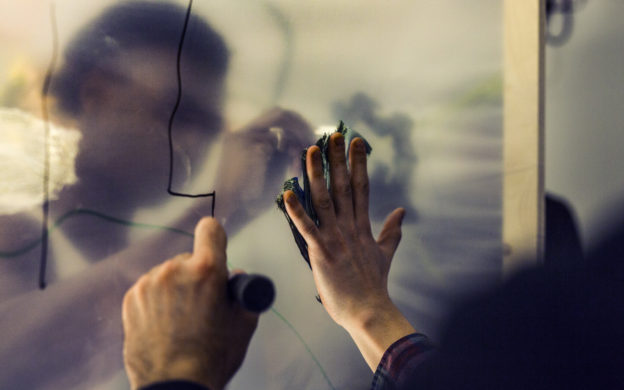Located in the shadow of Nørrebro’s S-train line, art space Underbanen is a world away from Copenhagen’s slick central gallery district. Its basement premises is nestled among car repair shops, industrial facilities, and residential estates.
Since Underbanen’s launch in 2017, founder Fedaa Sultan has set out to question the conventions of typical art institutions. “The conception of a gallery as a place where artists present their work and where you attend to simply reflect on it is outdated,” he asserts. “We live in a time, now, where it’s the artist’s obligation to meet the people, to interact with them, and share ideas, dreams and praxis.”
His fringe organization showcases art rarely seen in market-oriented galleries. Crafted through one-off events and workshops, Fedaa exhibits works at Underbanen that are specifically created for locals.
“I have this idea of engaging people to go and support their local art space because they can see what it brings to their local community,” he explains. “And they do appreciate it on a different level to that of the big art institutions and art spaces.”
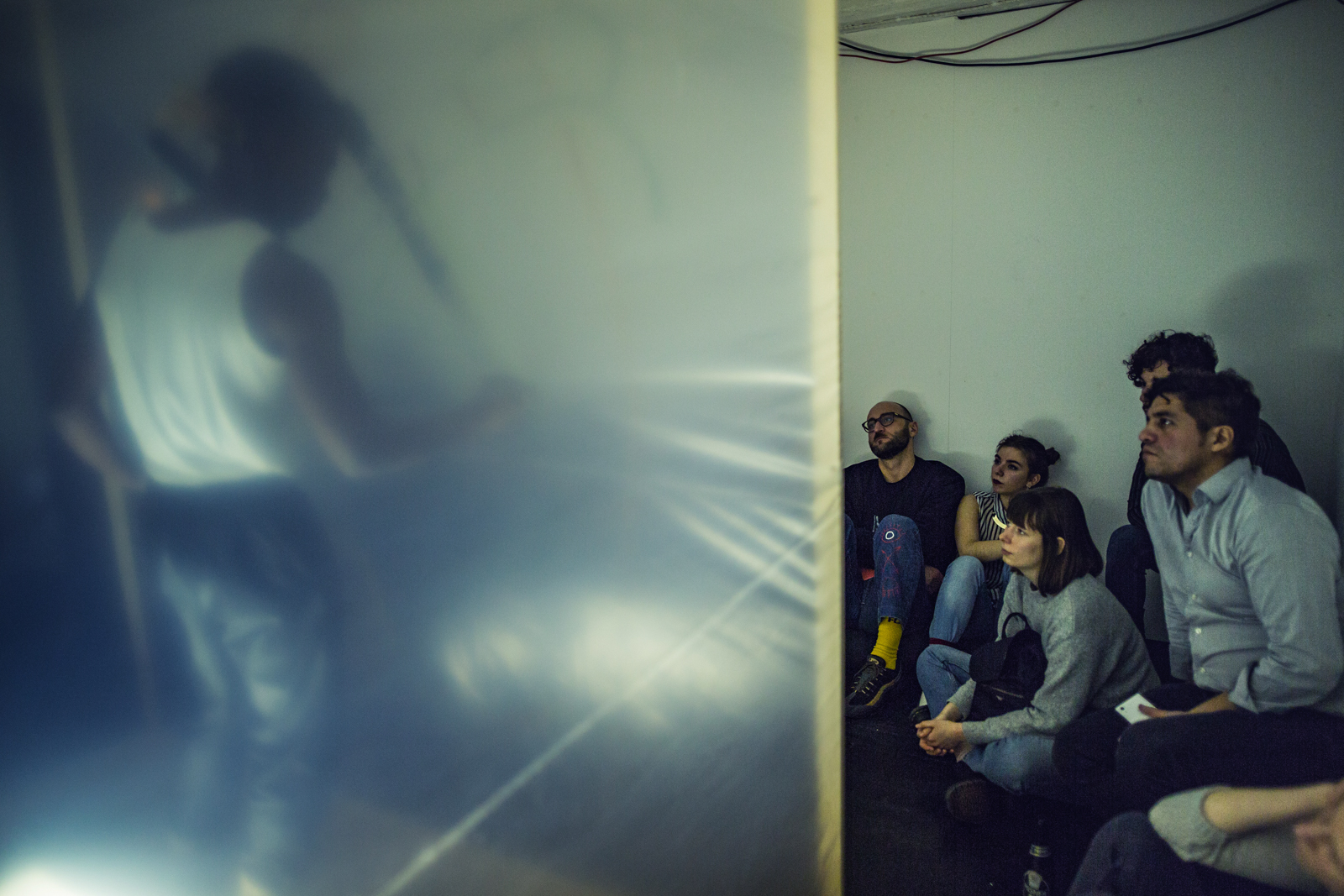 | |
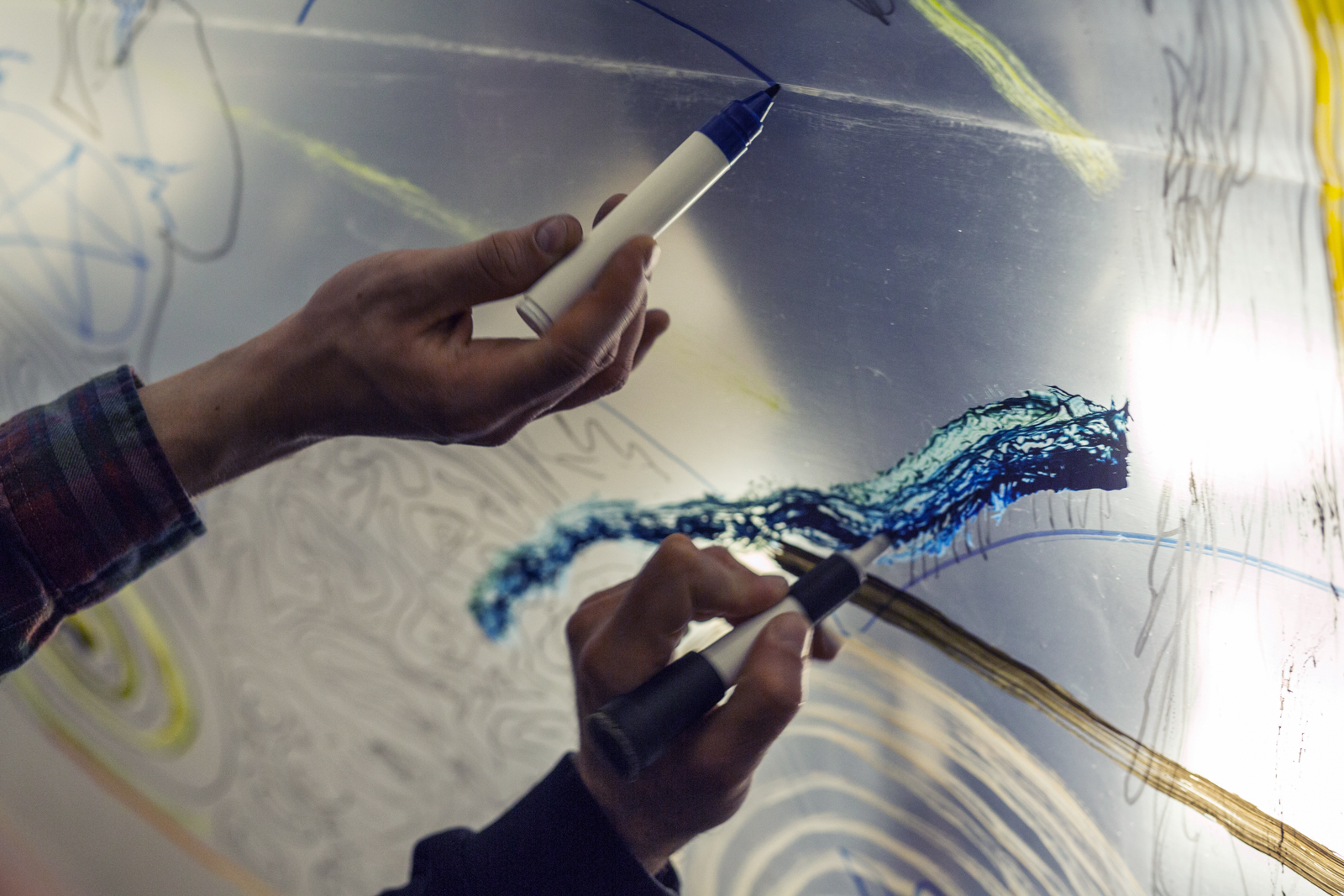 |
One of Underbanen’s signature projects is “Headroom,” a performance work where invited artists mix acoustic and visual techniques in front of a participatory audience. Organized at intervals throughout the year, Fedaa shows how his grasp of contributors’ personalities influences his work as a director.
“This is how I approach group show curation,” he explains: “it’s about finding people who can work together and ideas that can be executed in the art space, given its capabilities and limitations.”
He continues: “Last show we had an artist from Turkey, an illustrator called Hilal Can, and it was the first time she had done a painting with an audience sitting in the art space. So she stepped out of her comfort zone and did something new, while working to sounds composed by another artist.”
“According to her, it was a unique experience,” he adds, “and she was really excited after the show because she’d stepped into a completely new field.”
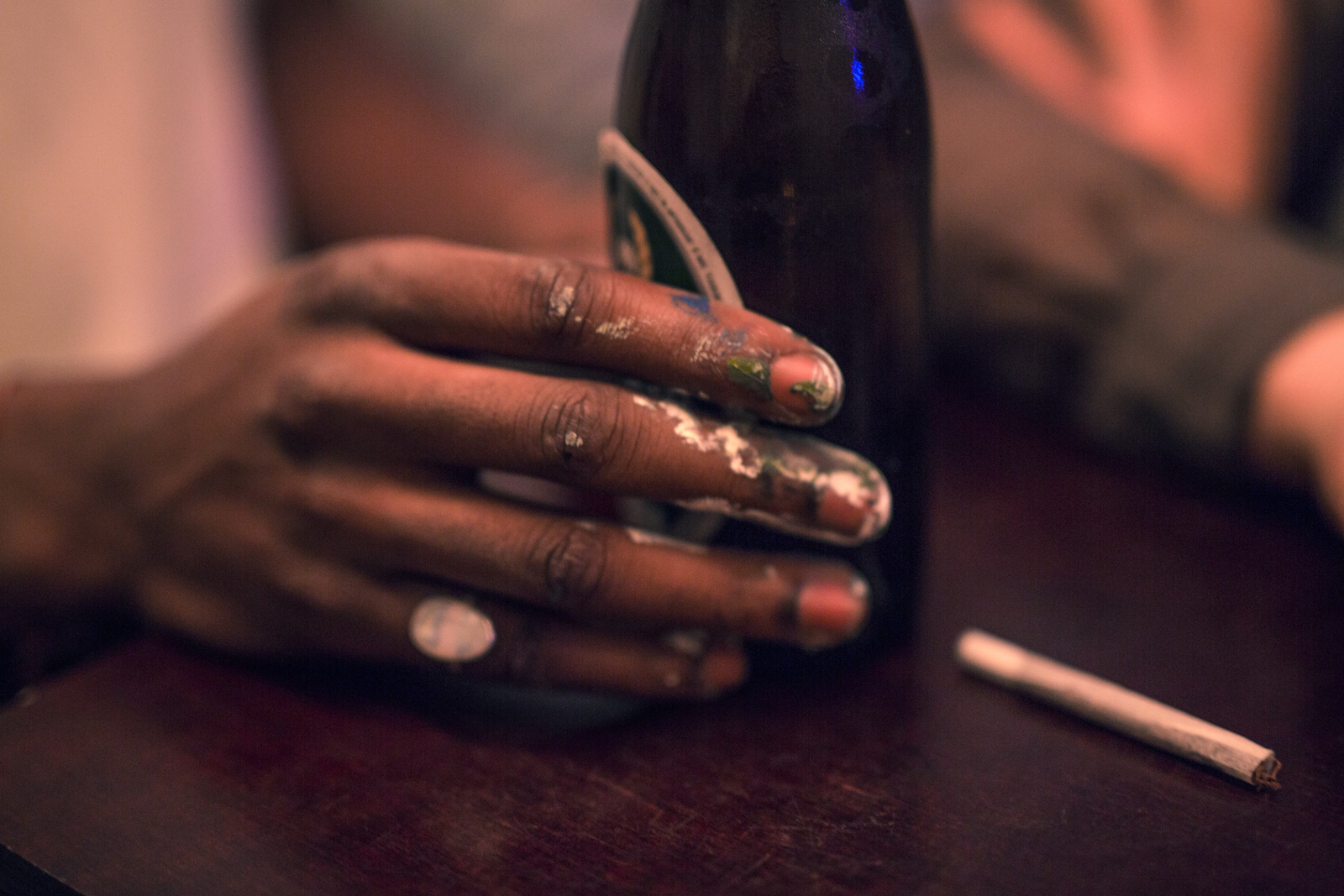 | |
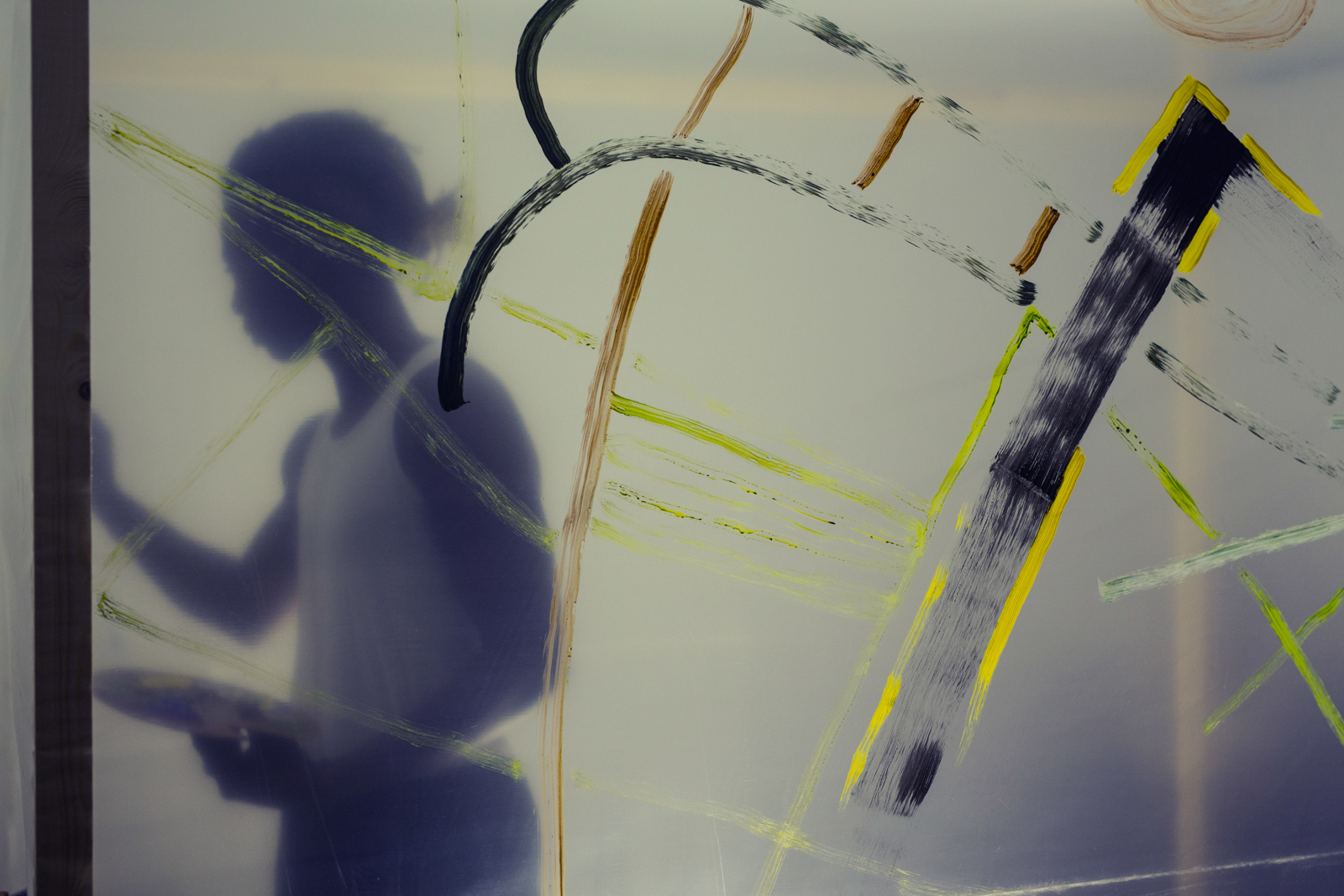 |
Artworks that invite audience participation are not new to Denmark. Copenhagen Contemporary recently exhibited the Superflex installation “One, two, three Swing!” which encouraged attendees to reconnect with childhood memories by swinging in tandem amid an adult-sized playground.
But there are stark differences between renown touring installations, made for visitors of vast auditoriums, and the intimate works created at Underbanen – a fact that became clear when I witnessed one of their performances in late December.
Enclosed in a transparent cube, French artist Emmanuel Afanyiakossou-Gba-Gba dabbed paint onto the internal surfaces of the cube, whilst taped audio of peoples’ dream-state experiences broadcast around the room. Starting as a trickle, audience members picked up marker pens placed beneath the canvas, adding their own hand-drawn impressions to its exterior.
Before long, the room was reverberating with activity as people lined up to convey their thoughts, interacting with Emmanuel in the process. But strikingly, no one said a word during the hour-long performance.
In a city where social norms are often publicly heeded, the absence of generic communication among strangers was both liberating and unnerving. Fedaa suggests that these shared experiences, between artists and recipients, uniquely challenge the way otherness is perceived across Copenhagen’s communities.
“My belief is that integration comes through co-creation,” he explains. “When we manage to manifest or create a common reference by doing something together, that’s a point of no return, because you’ll always have something in common; you’ll always have this reference to bring up. The problem is that certain groups of people think integration is about having others know their references,” he continues, “and that’s where they get it wrong. It’s about going out there, meeting people, creating with them on an eye-to-eye level, and then, integration can happen.”
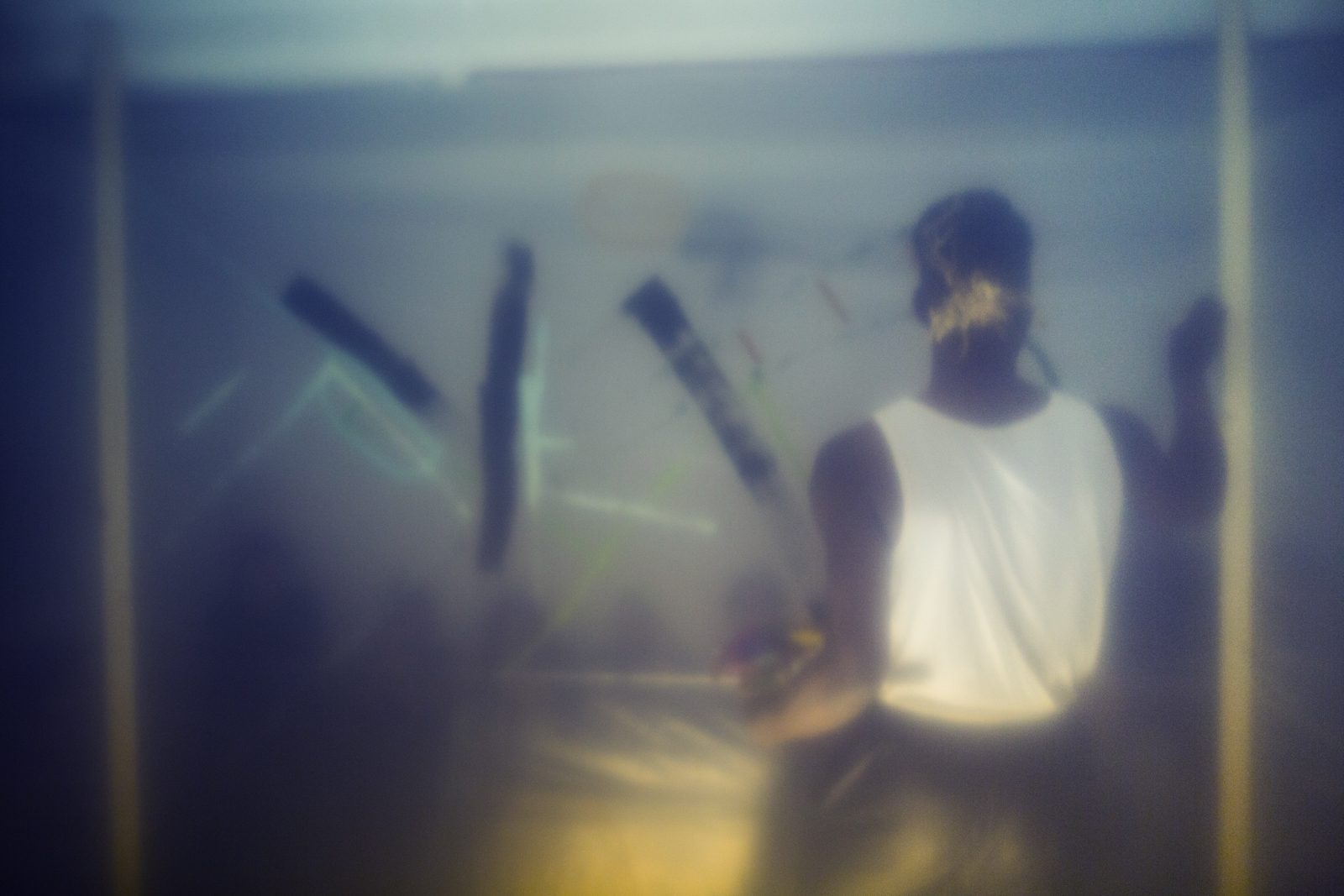 | |
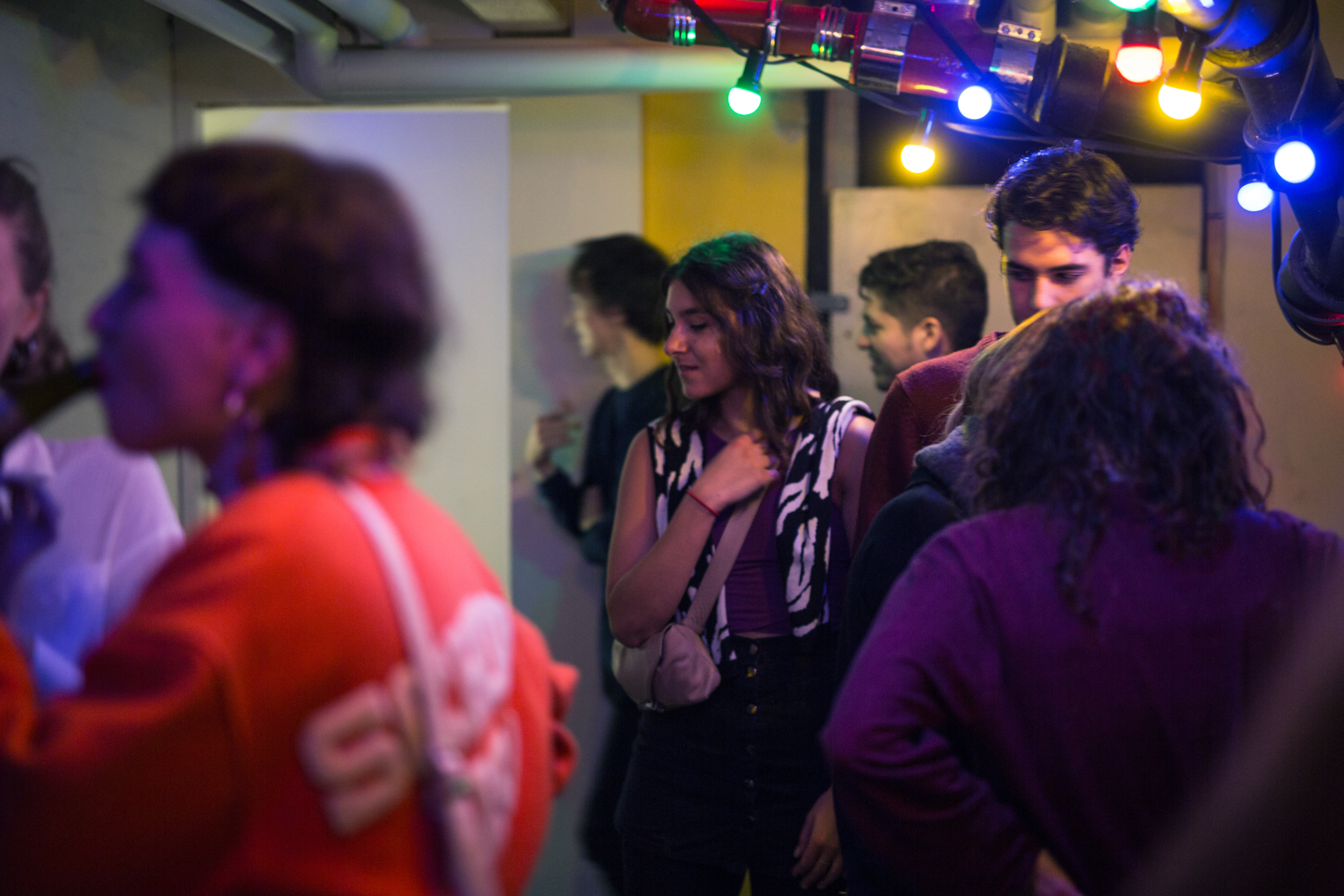 | |
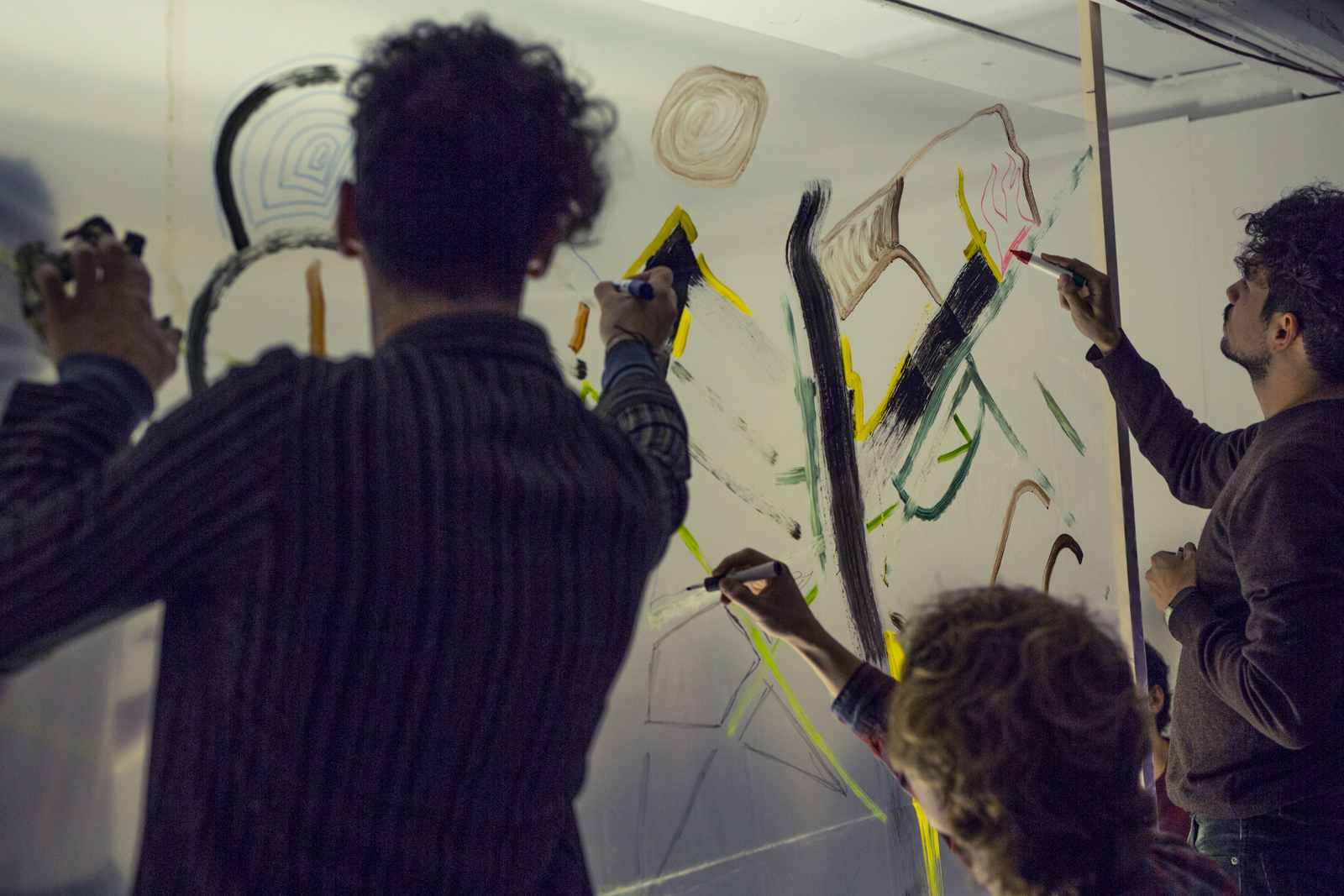 |
This ability to deftly mix human experiences with local touchpoint issues marks the departure from major participatory works, which mostly deal in universal themes and are often sought for their revenue-generating potential. Fedaa’s approach at Underbanen emerges from an alternative locus: “Art and culture are the glue of the society,” he affirms. “It’s the common reference; it’s what keeps us together.”
In more ways than one, Underbanen is on the other side of the tracks to most galleries in Copenhagen. Its exhibitions don’t sit easily within a model that supports creativity in order to achieve sales. But the organization’s chief concern is to rethink how art should function within communities, and in this respect, it finds value by reaching out to those at the local level.
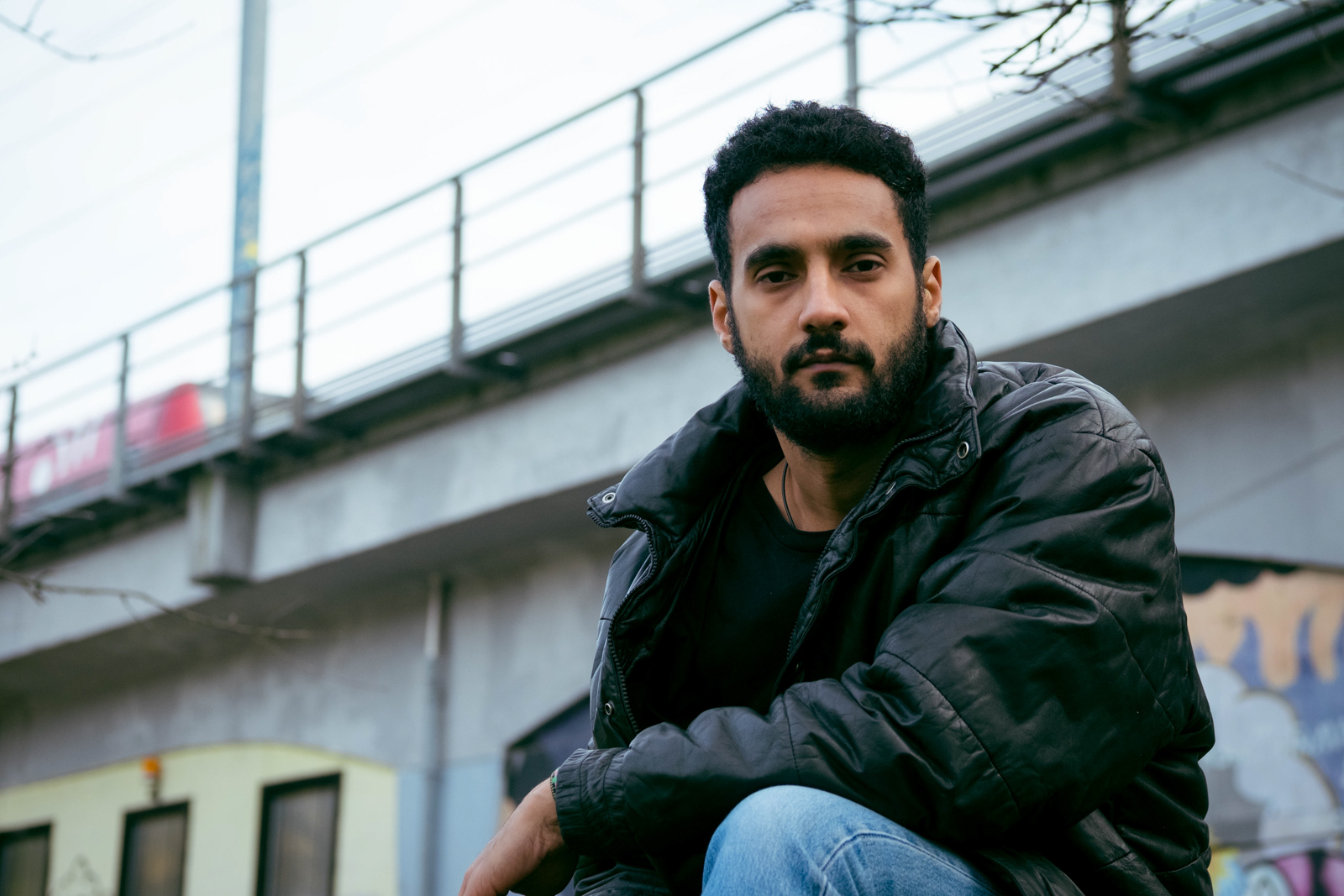
Underbanen
Nordre Fasanvej 202, kld. th.
2000 Frederiksberg
Opening Hours:
Mon & Fri 3:00 – 6:00 pm
Sat 3:00 – 5:00 pm
Sun, Tues – Thurs Closed
Event photos by Karoline Hill
Portrait of Fedaa Sultan by Douglas Whitbread

